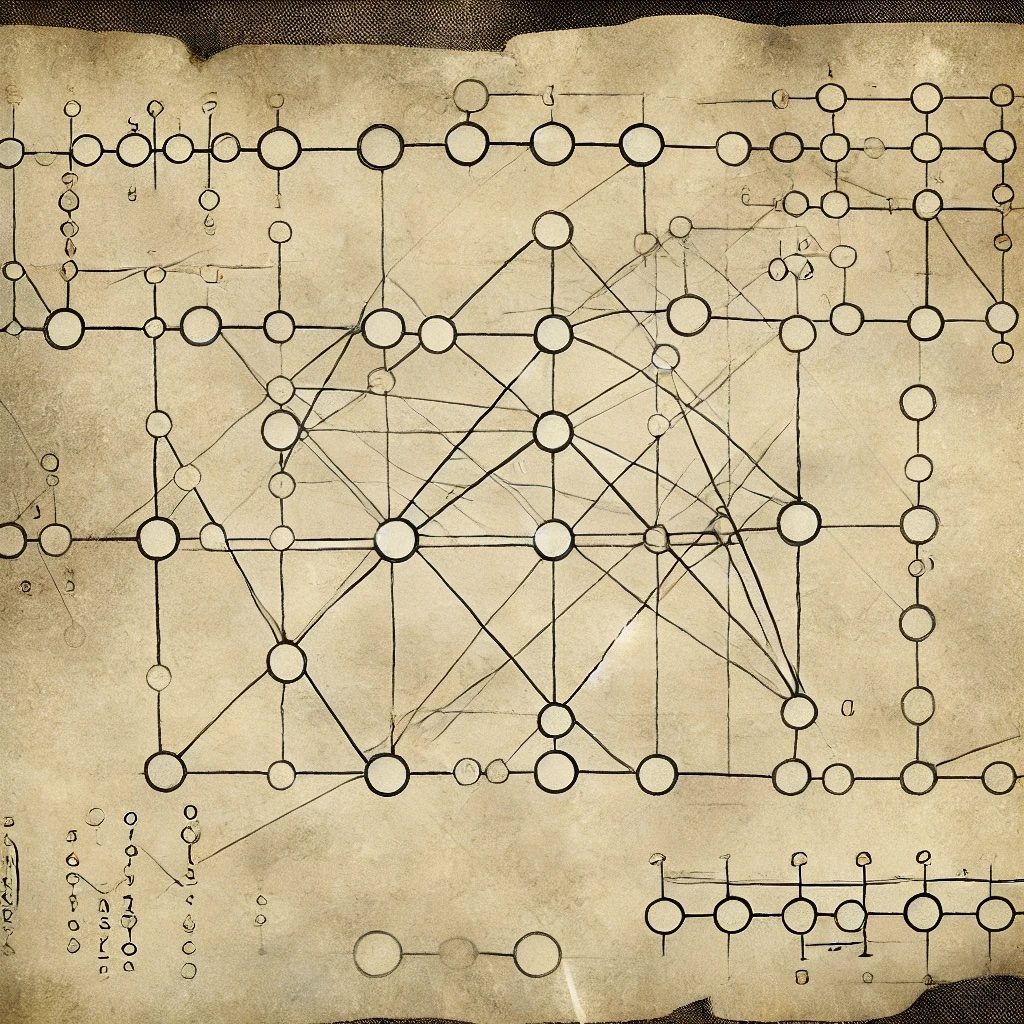In game-theoretic hypothesis testing, suppose we are testing a simple null vs a composite alternative. We receive samples are testing
In the simple vs simple case, testing by betting—simple vs simple, the optimal payoff function turned out to simply be the likelihood-ratio of and . But now there is no single , the likelihood-ratio isn’t well-defined. What do we do?
Since the observations are revealed sequentially (we can simulate this in a batch setting), it’s natural to try and “learn” some appropriate that has good power (you could look at this as trying to learn the true distribution using the data thus far).
There are two general methods.
Plug-in method
Since the methods are inherently sequential and the payoff function (see game-theoretic hypothesis testing:Payoff functions) need only be -measurable, we can employ the likelihood ratio test but change which is used every time. That is, if , we can try and learn over time.
In particular, we can consider a payoff function . can be chosen baed on . Regardless of how it’s chosen will remain a test-martingale for . (We are assuming densities are well-defined, otherwise we resort to Radon-Nikodym derivatives.)
While it may be tempting to use MLE to choose , this is advised against when the data are discrete, otherwise it may assign 0 probability to an outcome that may in fact occur, and we will go broke.
The mixture method
Instead of choosing a particular to use at each timestep, we mix over all such distributions by placing a distribution over . That is, we take
where is the mixing distribution, and it may depend on . Since averages of distributions remain distributions, the numerator remains a distribution and remains a test-martingale. But note there is no guarantee that the numerator remains a distribution in (unless happens to be fork-convex) .
